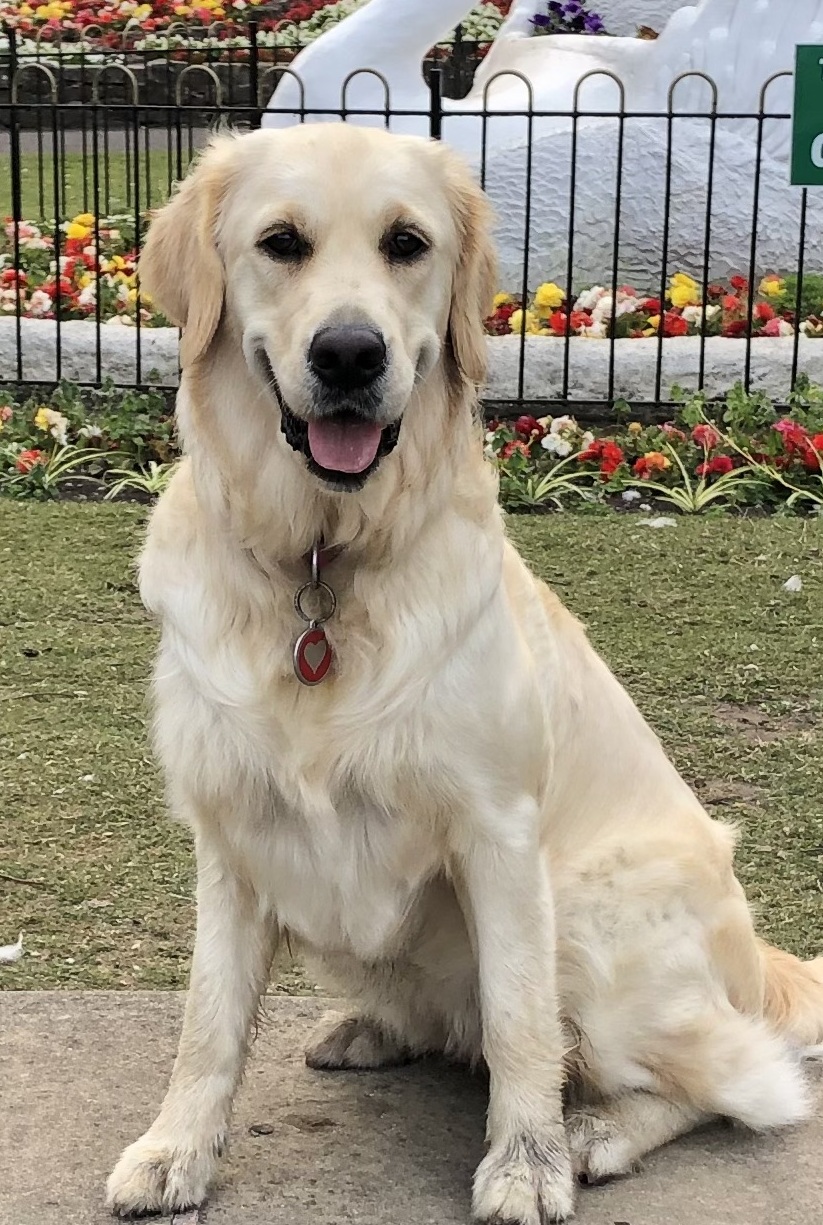
YOU KNOW ME SO WELL.
If you’ve managed to stay with me through these various instalments, it
must be clear by now that I consider the human/canine relationship to be
uniquely special. Of course, I’m biased, and other companions are available.
Even though Ruby chases cats, I’m not looking for an argument with their
owners. But the fact remains that nothing else comes remotely close to the
dynamics of bonding with a dog.
It’s multi-layered, too, because, at a personal level, your
relationship with your dog is also unique. Applying this to my wife and me as
an example, it’s not a way of trying to weigh her love and affection;
to prove ‘Ruby loves me more than you!’ It’s simply about recognising and
understanding how your relationship with your dog evolves and develops.
Like Ellie before her, Ruby typically has three walks a day. The first
two are long, around an hour each, with a stroll around the block for the third
one. When we’re in the North-East, the three of us tend to go out together for
the longer ones, usually to the beach. The two longer walks are split when
we’re back in the South; generally, I do one and my wife the other. We have
several tours around the locality, and depending on who’s holding the lead, a
broadly similar walk will have subtle differences. If one of us chooses a route
usually favoured by the other, Ruby noticeably looks up to check we know what
we’re doing! The unspoken question; ‘Dad, are you sure, this is the way mum
normally goes!’ So I know that when Ruby and I are out together, she enjoys and
values the habits only she and I have, and the same when she’s out with my
wife.
The other side of that coin is her relationship with us as a couple,
best seen when we start a walk altogether and split up. That could be for a
short period, particularly on the beach, to transport some poo to one of the
many bins. She’ll remain still, observing each of us in turn until sure we are
about to reunite. On other occasions, we’ll start together, but then, say, one
of us leaves, maybe to go shopping; she becomes quite unsettled, staring at the
one leaving until they’re out of sight before reluctantly agreeing to continue.
Even then, she regularly looks backwards, checking over her shoulder, hoping
for a reunion.
How do dogs get to know us so well and carve out a place for
themselves? Sure, they find familiarity and repetition comforting, and we use
that dynamic as part of their training strategy. But there is more to it.
I enjoy reading about research involving dogs, so two
particular articles caught my eye. In one, scientists used MRI scanners to
better understand what goes on in a dog’s brain when they encounter humans,
both those they already know and others who are strangers. The experiment
revealed that the temporal lobe is activated when a dog is reunited with its
owner. If the dog considered the owner as just a food supplier, a separate part
of the brain, a pleasure receptor, would engage. The temporal lobe activity
indicates that a more detailed processing of the face is taking place. This
ties in with the second piece of research into something known as ”left gaze
bias (LGB).’
LGB is an evaluation process used by humans and primates; in simple
terms, more time is devoted to inspecting the right side of other faces to
gather information and clues about emotions on public display. When facing
someone, their right is our left, so our gaze gravitates to and then lingers in
our left field of vision. The experiment showed that dogs also use LGB; no
wonder they know us so well!
So next time a dog gazes at you, check; is it to the left?
Post Views : 177